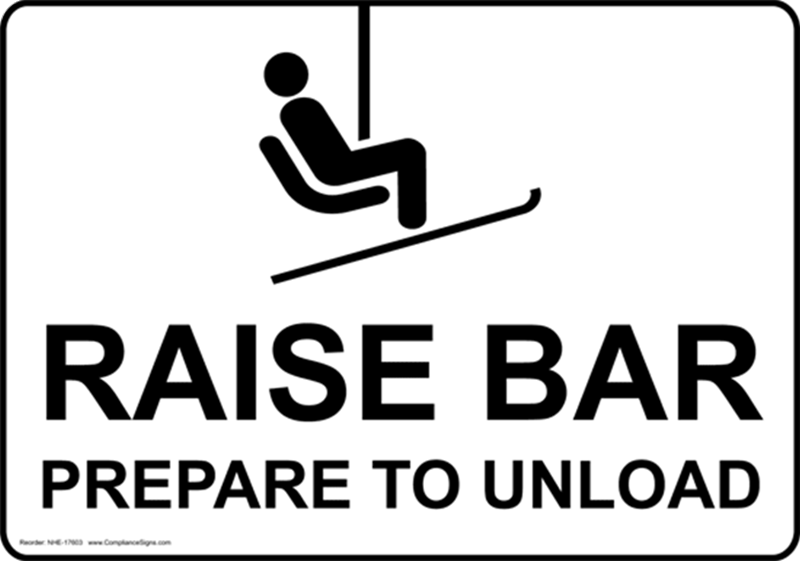Recommendations from an Expert.
For those of us who dream of jumping out of bed at the crack of dawn for first tracks, ski season can never get here soon enough. Yet there are times when the season sneaks up on us, catching us ill prepared for the rigors of the slopes.
Dr. Bojan Zoric is all-too-familiar with that scenario. A physician for the US Ski and Snowboard teams as well as the US Women’s national soccer team, Zoric is an orthopedic surgeon with Sports Medicine North outside Boston, and a former fellow at the renowned Steadman-Hawkins Clinic in Vail, CO. He knows how demanding these sports can be on our bodies.
“Everybody thinks that skiing a static sport, but it’s actually not,” says Zoric, an accomplished soccer player in his own right. “Essentially, when you go skiing or snowboarding, you’re doing squats the whole time.”
To get the most out of your cold-weather exploits, whether skiing or snowboarding, the good doctor recommends the following game plan.
Pre-season Ski Fitness
A workout regimen that accentuates strength training, flexibility, and cardiovascular fitness is essential to enjoying your time on the hill, and making sure you're not riding the pain train afterward. At home or at the gym,
doing plyometrics – such as squats and lunges – will provide the explosive lower-body power that helps deal with the demands of linking turns.
“Telemark skiing is the epitome of doing lunges every time you turn,” says Zoric. “Traditional skiing isn't quite so obvious, but every single turn you do, you’re at a 45-degree angle, bent at your knees, and you’re pushing into the ground, holding off centripetal forces while trying to hold your edge.”
A stretching program, including yoga or Pilates, will improve the elasticity of your muscles and connective tissues. That elasticity is indispensable when your edges and your limbs aren't on the same page. Don’t forget your core (
yoga, Pilates, planks), which is vital to keeping all those moving parts in sync.
“You don’t realize, unless you lack core strength, how much you really are using your core,” said Zoric. “With both skiing and snowboarding, you’re using your mid-body strength to be able to torque and balance yourself, and allow yourself to get ready for the next turn, and really propel yourself through the turn.”
“Everybody talks about lower extremity strength and flexibility, and that’s wonderful,” he says. “But a huge component of skiing and snowboarding is core strength.”
Since the lifts typically operate from early morning to late afternoon, you want to have cardiovascular endurance as well. Any activity that gets your heart rate up, including brisk walking, jogging, or hiking will help.
Mountain biking and cyclocross racing are both excellent two-wheel options for ramping up your preseason fitness and recovery. Unlike road cycling, mountain biking and the race-specific discipline of cyclocross are far more dynamic, requiring explosive efforts on a more consistent basis. Throw in some hills, and some tight twisty singletrack to challenge your balance proprioceptors, and you've got a full-body workout.
Don’t ignore more traditional individual and team sports. Tennis, racquetball, squash and handball, with quick bursts of action and plenty of lateral movement, are terrific choices. Team sports such as soccer, basketball, hockey, and lacrosse are also superb alternatives, since they develop both endurance and quick-twitch muscles. Be sure to follow proper stretching protocol while you warm up and cool down.

Start Early, End Early
Remember, even if you’re in decent shape when you click in for your first turns of the season, skiing and snowboarding will accentuate certain muscle groups in ways that are all but impossible to replicate during cross-training. As a result, you might fatigue earlier than you'd anticipate during your first forays to the hill. Zoric suggests moderation until you really get your ski legs (or snowboarding legs) underneath you.
“In my younger days, I wanted to be the very last skier taking the very last chairlift. I don’t feel the necessity to do that anymore,” he says. “The older I get, the less inclined I am to finish the day and be the last skier on the mountain.”
Granted, lift tickets are expensive. So is getting injured. Zoric recommends skiers and snowboarders err on the side of caution when it comes to quitting time.
“Don’t overestimate your abilities, because you’ll get in trouble. Even professional skiers get in trouble when they do that,” says Zoric. “Listen to your body. Ninety percent of our injuries, if not more, happen at the end of the day, when people are tired.
“Very rarely do we see injuries at 8 o’clock in the morning,” he says. “More often, we see those injuries at the 4 o’clock witching hour when the lifts are about to close, and people have been skiing all day and are exhausted. And they can’t make a recovery, or control a turn.”
To ensure that you don’t fatigue prematurely, take regular breaks during the day to recharge your body and your mind, grazing on foods that provide long-lasting energy and hydrating properly. Those breaks will also give you a chance to limber up.
“Priming your muscles before hitting the slopes will prepare you for skiing’s intense quad and hamstring workout,” says Zoric. “Be sure to take some time at the start of your day and after breaks to warm your muscles by walking and stretching. Do windmills with your arms, swing your legs back and forth, and do abdominal twists to loosen up.”
Related Articles:
Get Fit for Ski Season.
How to Buy Skis: Tips from an Insider.
How to Buy Ski Boots: Tips From An Insider.
Printable Ski Gear Checklist (PDF)


